A freedom fighter’s journey to Mujibnagar
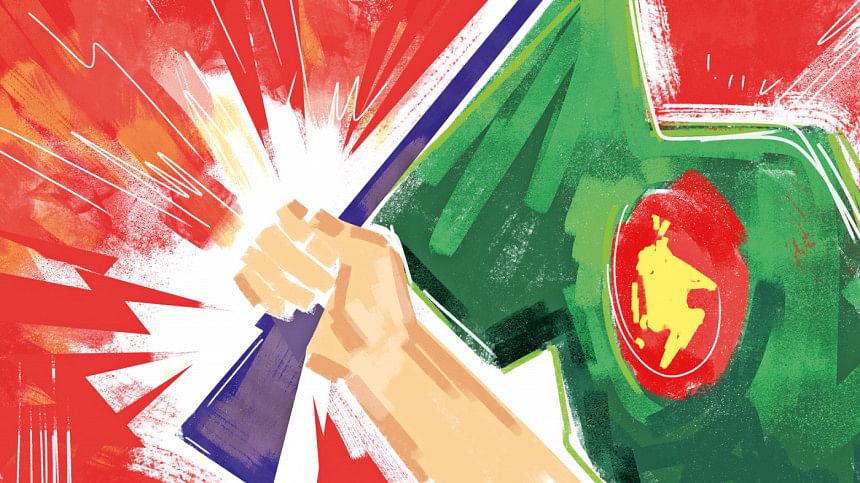
The necessity that was felt a few days after the Declaration of Independence of Bangladesh was that of a Government which could take upon itself the burden of directing the liberation struggle. Because of the sudden attack and the resultant disorganisation, the Awami League leaders could not get together and work out the formation of such a government. Obviously, as the Awami League had received the mandate from the people, it was the party that could form the government. The necessity of the formation of the government was felt by everybody. The readers are aware that in its first broadcast over Swadhin Bangla Beter Kendra, Major Zia announced himself to be the President of the Revolutionary Government. Later on, he modified his announcement and declared that he was leading the armed struggle in the name and on behalf of Sheikh Mujibur Rahman. Mr. Zia's announcement only asserted the necessity of the formation of a government, but he and his colleagues did not obviously constitute the government.
I always had this belief that such a liberation struggle could not proceed in an organised manner if a top body like a government at the top did not guide the movement in a proper way. This is why I became extremely happy to know that a civilian government had been formed for Bangladesh.
We were sitting at Kishoreganj, like many others eagerly awaiting the formation of a government by the Awami League. Awami League leaders at Kishoreganj were quite vocal about it, and some of them even grew impatient over the issue. All of us were anxious since the movement could not be guided if political forces did not take the lead for proper organisation and confrontation. The directives could only come from the elected representatives. Moreover, the formation of a national government could enhance the prestige of the struggle and raise altogether different hopes in the minds of the people. The foreign powers could then be persuaded better. We felt all these and eagerly waited for the formation of the government.
When Major Safiullah reached Mymensingh and Kishoreganj, he also agreed with us that a government should immediately be formed. There was, at that time, a frantic search for some elderly politicians of the Awami League. Since nobody was sure about the fate of Sheikh, it became obvious that the only man who would be more suitable for the formation of a government was Syed Nazrul Islam, Vice President of the Awami League and the man next in command to the Sheikh. Syed Nazrul Islam happened to be from Kishoreganj P.S. itself and this is why Major Safiullah and all others put pressure on me to locate him so that he could take the initiative for forming a government. I must praise him for the foresight of Major Safiullah and others who rightly foresaw that the job of the armed personnel was simply to fight according to given directions. The directions could only come from a civilian government consisting of the elected representatives of the people.
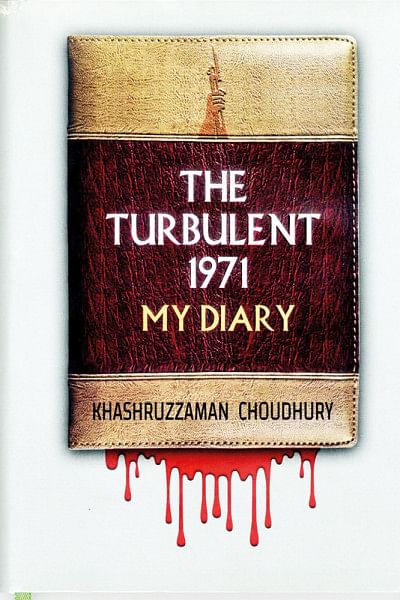
Throughout the beginning of the liberation struggle, one of my aims has thus been the location of Syed Nazrul Islam. The scanty news we used to get from Dhaka implied that Syed Nazrul Islam had fled from Dhaka. But nobody could give details about where he could be. On many occasions, Major Safiullah and Major Nazrul Islam used to inquire about it from Brahmanbaria over wireless. When a few days had passed they became very anxious and repeatedly requested me to locate Mr. Nazrul Islam.
Since Mr. Nazrul Islam's hometown was Kishoreganj, I was confident that he would have to come this way, even in hiding. This is what actually happened. It was possibly on the 6th or 7th of April that Mr. Mustafizur Rahman Khan had secretly approached me and told that Mr. Nazrul Islam was in hiding at the village home of his wife. Mr. Khan came to me with the request for transport and sufficient [sic] to cover Nazrul Islam's journey from Kishoreganj to Durgapur. Mr. Khan told me that Mr. Nazrul Islam was aware that all of us were in the freedom movement, he hesitated to come out in public because that could have many implications. From that day on, I knew the whereabouts and movements of Syed Nazrul Islam but I kept my promises in keeping this as top secret. The only information I gave was to Major Safiullah telling him that I had knowledge Mr. Nazrul Islam had proceeded towards the free zone. I told Major Safiullah that things were gradually broadening up and the formation of a national government was eminent.
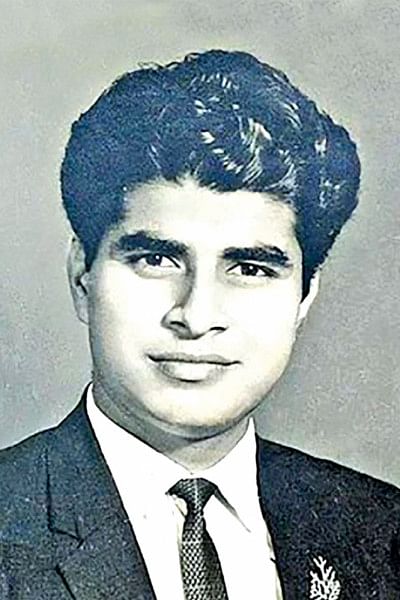
How Mr. Syed Nazrul Islam fled from Dhaka was an interesting story. While proceeding from Kishoreganj towards Durgapur, he was located 10 miles outside the town by my S.I., another Mr. Nazrul Islam. The S.I. was coming back after a survey of the area in the evening. From a distance, he could see that another jeep was coming from the opposite direction. As soon as Mr. Nazrul Islam's jeep saw the other jeep, its travel stopped and Mr. Nazrul Islam tried to hide to avoid identification. S. I. Nazrul disclosed the story to me on his return to Kishoreganj. He told me that soon he could understand that it was possibly Mr. Nazrul Islam who was in the other jeep. So, he cried out, giving his identity and requested them to come out from hiding. After repeated assurance, all of the passengers of the other jeep came out and Syed Nazrul Islam soon left towards Netrokona and Durgapur. He sent a message through S. I. Nazrul to me, thanking me for the cooperation I had extended to him. When I heard the story from Nazrul, I requested him to keep it as a secret and not to disclose it to anyone.
When Mr. Nazrul Islam could reach the free zone, the government was formed. It was possibly on the 10th of April that the All India Radio gave the news of the formation of a civilian government, announcing the names of the Ministers. I was sitting at the local police station when the Awami League Leaders rushed to that place with sweets even in those circumstances of trials and tribulations. All of us were really happy that after all, a government had been formed. I always had this belief that such a liberation struggle could not proceed in an organised manner if a top body like a government at the top did not guide the movement in a proper way. This is why I became extremely happy to know that a civilian government had been formed for Bangladesh.
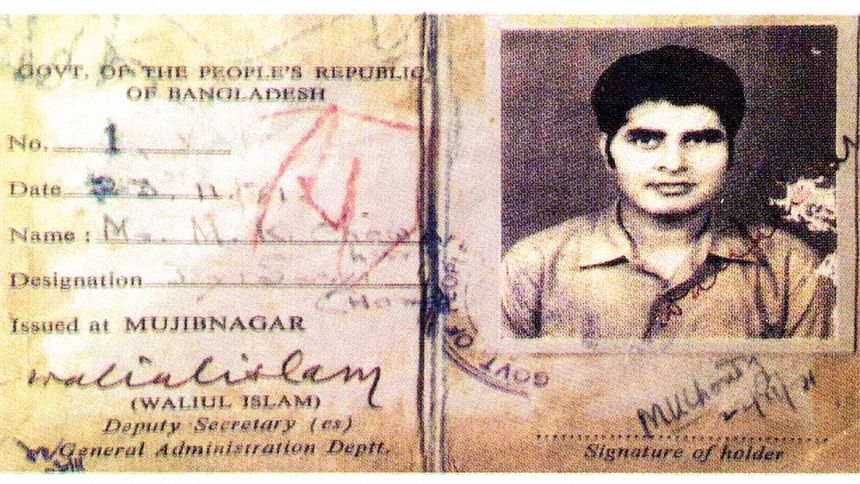
The announcement of a government on the 10th of April was after consultation among different leaders of the Awami League. Later on, I came to know the whole story about the background of the government. Mr. Mustafizur Rahman Siddiqui and Zahur Ahmad Choudhury both from Chittagong Awami League escaped to Agartala. At Agartala, they used to sit in meetings discussing the formation of the government. It was after the arrival of Mr. Tajuddin that the talks were finalized and a tentative government was fixed up. Mr. Nazrul Islam's arrival was later, and even though he was absent, he was tipped as Vice President and Acting President in the absence of Sheikh Mujib.
Incidentally, it would be of interest to know that the parleys in this connection used to be held in the residence of one Mr. K. P. Datta, a Deputy Director of Education in the Tripura Government. I later met Mr. K. P. Datta at Agartala. Mr. K. P. Datta was originally from Sylhet District of Bangladesh. During my stay at Agartala, I had come in close contact with him. Mr. Datta used to narrate how all these began and how the ultimate decision of the formation of the government was taken up. Since I myself was from Sylhet, Mr. Datta and I could communicate in our native dialogue, and possibly because of this, we were very close to each other. Mr. Datta is an intelligent man whose wife is also in the education line. I had seldom come across such a nice man during that period. Mr. Datta used to tell me the story about the government. He told me that in his house there used to be sessions which used to last longer than midnight. It was after a lot of discussions, the final decision for the formation of the government was taken up.
Though the announcement of the government was on the 10th of April, it was on the 17th of April that the actual government was placed to the journalists, both foreign and Indian. Few people know that the 16th of April was fixed for the ceremony of swearing in of the government at Chuadanga. This could not be done because of heavy bombing from Pakistani planes and attacks on the towns by the Pakistan army. It is in this context that Baidyanathtala was selected for the ceremony on the 17th of April. I came to know about all of this from my friend Tawfiq-e-Elahi Chaudhury who was then SDO of Kushtia District, within the jurisdiction of which this Baidyanathtala was situated. The place was only a few miles from the Indian border. The journalists were taken there without any notice. The ceremony was simple but impressive. The Ministers were sworn in on the 17th of April, and the actual government started from that day.
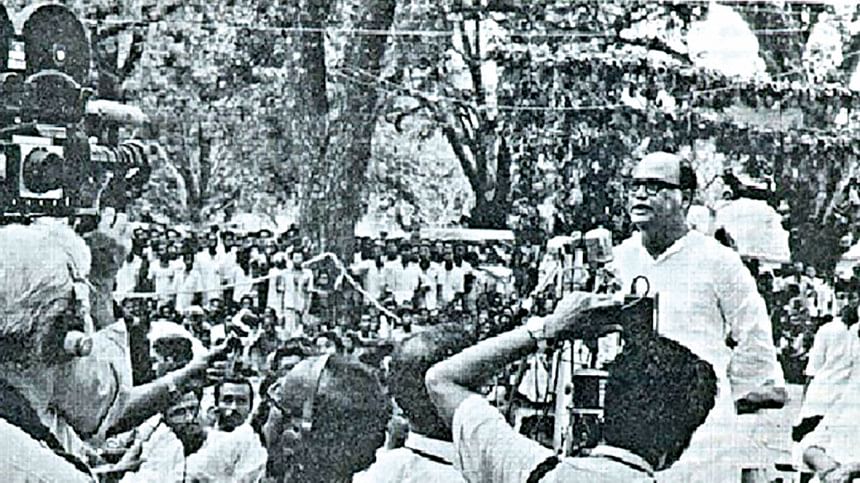
Captain Murari Ram of BSF told me a story about Syed Nazrul Islam. He told me that his friend Baljit Singh, another adjutant of BSF, one day received information that Syed Nazrul Islam was coming. None of them had seen Syed Nazrul Islam, but they had heard lots about him. They knew that he was an elderly man. Ultimately, the man who landed at Haluaghat was a young man who introduced himself as Nazrul Islam. Baljit Singh was the first, not in confusion, had told everybody Syed Nazrul Islam had come. When other officers of BSF went to meet him, after some time, they would find out that this was not Syed Nazrul Islam, but Professor Nazrul Islam Choudhury, an elected representative from Mymensingh District. The confusion was soon cleared. Captain Murari joked with me that when Syed Nazrul Islam actually arrived this time, Baljit Singh took precaution and started asking him a number of questions. This time the gentleman was none other than Syed Nazrul Islam himself, and possibly he became very confused at such a reaction from the BSF. When Baljit Singh became satisfied after a long time, he sent the message up to his senior officers that Syed Nazrul Islam had come. Captain Murari Ram jokingly told me that Baljit Singh had not first believed, even this time. There were queries from above about how this gentleman looked like and poor Baljit Singh had to talk to so many people, attempting to convince them that this time he had made no mistake and that the gentleman was really Syed Nazrul Islam. When all went to meet Syed Nazrul Islam, they found that he was really Syed Nazrul Islam, and quick arrangements were made for his movement from the border areas to another place where he could meet his other colleagues.
The S.P. Garo Hills, whom we met after coming over to Tura, was from Bihar. We had an interesting story to tell about Maulana Bhasani. As everybody knows, Maulana Bhasani had been hospitalized for bad health. On the 25th of March, Maulana Bhasani was at Mymensingh Medical College itself. Maulana was a clever man and he had his own source of information. This was evident when on the 26th the hospital staff and the doctors found that Maulana had disappeared from the hospital. When Maulana Bhasani entered India through Haluaghat, he was received at the border by the D.C. of Garo Hills, a Khasi gentleman named Mr. Cajee and S. P. Mr. Jha. The Maulana was driven away to Tura. Mr. Jha told me that when Maulana Bhasani sat with them at Tura, he started speaking a lot about massacres. He was all the time speaking against the Biharis who had committed a lot of crimes in Bangladesh. As Mr. Jha himself was from Bihar, he could not possibly join in the discussion in the same manner. When Bhasani saw that Mr. Jha did not sound as enthusiastic, he wondered what might have happened to Mr. Cajee. D.C. had been smiling all through. The Maulana was at his wit's end when Mr. Cajee told him that Bhasani was describing things to a person who was himself a Bihari. Mr. Jha told me later that as long as Maulana Bhasani stayed at Tura, he used to refer to this incident and cut jokes with Mr. Jha telling him that he was a Bihari and thus at the side of the Pakistani.
This article is an excerpt from the author's book "The Turbulent 1971: My Diary" (2020).
Dr. Khashruzzaman Choudhury joined the Liberation War while serving as a Sub-Divisional Officer (SDO). He involved himself with the Mujibnagar Government as Deputy Secretary, Ministry of Home Affairs. Later, he served as a Professor of Economics in the USA. Khashruzzaman Choudhury was honored with the highest civilian award, the 'Swadhinata Padak,' in 2014 for his contribution to the Liberation War.

 For all latest news, follow The Daily Star's Google News channel.
For all latest news, follow The Daily Star's Google News channel. 


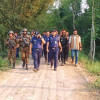

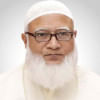
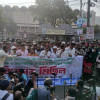


Comments